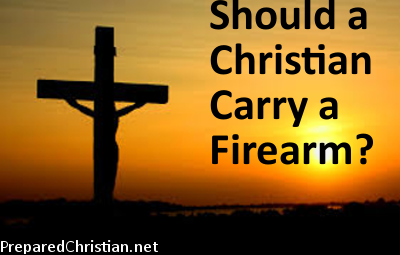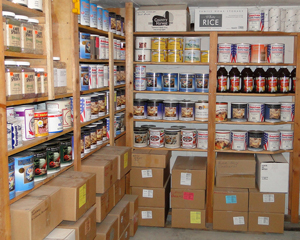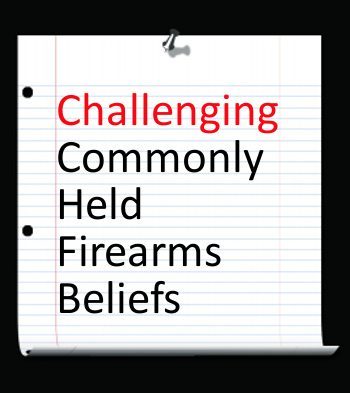The following article was written by Dan Sullivan.
When everyone’s focused on one thing, I like to notice the things that are overlooked, the ones almost no one talks about. Urban shelters are one of them. With so much attention focused on building them out into the wild, it’s time we learned how to build one in urban areas.
Obviously, if everything goes according to plan, you’ll either bug in inside your apartment, flee to your bug out location or, at the very least, sleep in your car. But what if you’re stuck in the city and you literally have no place to lay your head. What do you do?
If the city is safe (and that’s a big “if”), you’re much better off trying to build shelter on concrete than if you were to bug out into the woods. In fact, building an urban shelter is easy as pie as you’re about to see.
By the way, if you’re looking for general urban survival tips, you can check out this article that I wrote a while back, I think you’ll like it.
Ok, so I said building an urban shelter is easy but why? For one, you don’t have to worry about strong and cold winds. You’ll have plenty of buildings whose walls will provide excellent protection from them. You just need to find one that will also protect you from thugs, angry mobs, protesters and so on.
The second reason urban shelters are easy to make is because you’ll have no problem finding insulation material. If you don’t have a problem digging through trash, you’ll find plenty of things to keep you warm. Cardboard is your best friend but be on the lookout for old clothes, rags, bubble wrap, carpets and even plastic.
Ideally, you need to find a cardboard box that’s big enough for you to crawl inside and then fill the openings with other insulating material. In fact, if you have enough of, add a second layer to be even better protected and be able to trap more of the heat generated by your body.
If you can’t find cardboard, you’re gonna have to be a little creative. Just look at some of the homeless people in your city and notice the kinds of shelters they have. For example, if you can find one, you can use one of those plastic carts on wheels that’s used to move gear around. You’ll have your very own mobile bug out location…
Why do you need a sturdy shelter? Let’s not forget rain and snow can destroy it, particularly if it’s made of cardboard. Plus, even if it’s relatively warm outside, if you have low immunity, you might wake up the next morning with a cold or at least a sore throat and a running nose. You should add plastic or garbage bags over your cardboard shelter to make sure it resists to snow and rain.
Now, you can have the warmest shelter in the world but if you intend to sleep directly on the ground, you might as well get rid of it. You need to make sure you sleep on something that will protect you from the cold ground. Add at least 2-3 layers of insulating material, whether it’s cardboard, cloth, wood, or plastic.
What if you have to build the shelter inside your own home?
If you just survived a hurricane or a house fire and your roof is gone, you’ll have no choice but to build shelter right in your bedroom. The good news is, you have enough items to help with insulation. Just make sure you add enough layers underneath you because sleeping directly on the floor will cause you to lose heat and you could end up with a cold.
Last but not least, you’re gonna need a heat source. Obviously, building a fire too close to your shelter is dangerous so leave a distance of at least a couple of feet between the two.
Of course, the number one way to make sure the inside of your shelter stays warm is to insulate it properly and keep the entire thing as small as possible. As long as you can keep your body heat inside and limit the amount of cold air that comes in, you should be fine.
Ok, you survived the first night in your emergency shelter but now you need something a little more permanent. Now what? Since you’ll have plenty of time on your hands to look, the following are worthy options to consider as “more permanent shelters”:
• abandoned cars
• abandoned buildings (it’s possible that a lot of people left their homes already)
• train and subway stations
Since you’ll be spending an unknown number of nights in your new, semi-permanent shelter, you’ll have to consider other aspects such as security. You need to keep unwanted guests away by sealing all possible entry points and by having means of defending yourself. You should also have alternate escape routes just in case you’re cornered and the main way out is blocked.












